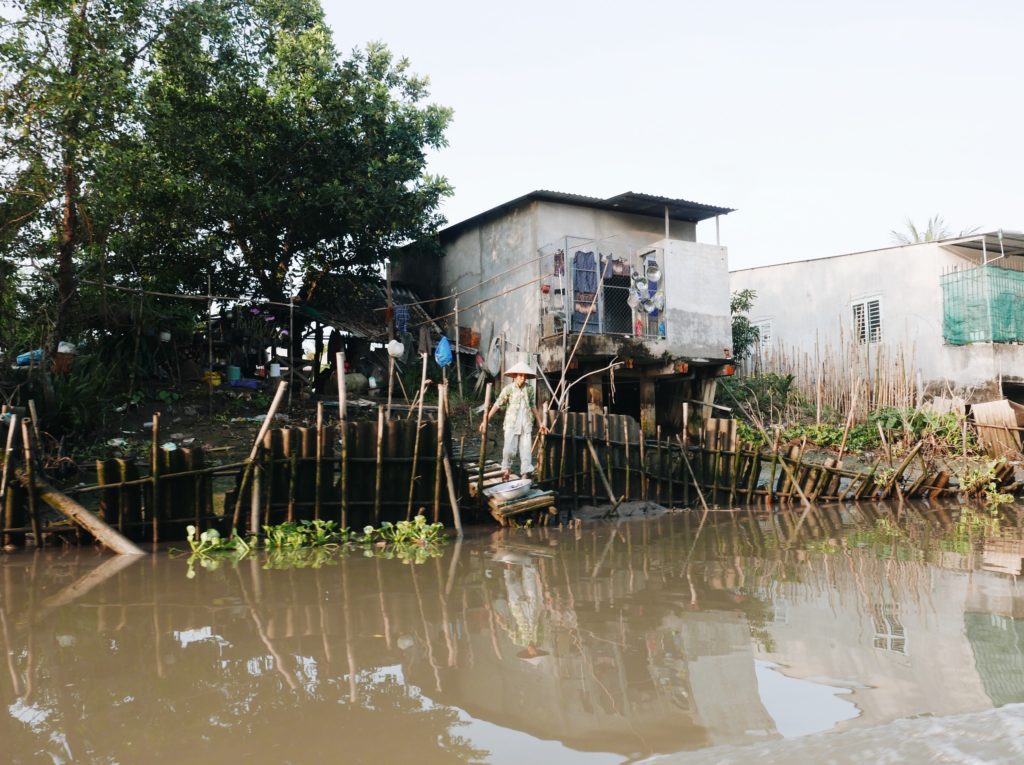Safeguarding our futures: Enabling and accelerating disaster risk financing
7 October 2020, Category: All insights, News

Mobilising and accelerating funds for Disaster Risk Reduction
Increasingly it is understood across the landscape of humanitarian actors and responders, that more effective and coordinated mobilisation of funds are required for timely disbursement to the ground in anticipation of an event. More specifically, that funds are mobilised on the basis of reliable scientific and socio-economic evidence that provide a snapshot of the hazard magnitude and a profile of vulnerability, informing of the potential impact and risk. That is, in considering hazards such as cyclones, floods, flash floods, heatwaves, cold waves, droughts etc. we seek to understand: where it will hit, when it will hit, what communities will be affected and how will these communities be impacted. This data provides a window for early warning to “cost-in” and take appropriate early action.
Anticipatory Action (AA) relies on agreed risk thresholds, which if met, will trigger finance towards a series of agreed actions that avert a full-blown emergency, save lives, provide a foundation for preparedness and resilience for future events, and avoid loss and damage. A handful of humanitarian partnerships are already demonstrating this: Start Network’s FOREWARN, IFRC’s FbA by the DREF, FAO’s EWEA, WFP’s AA Food Security and UN’s CERF. Unlocking public and private finance for AA is rapidly evolving. How can this be accelerated and what might sustainable ‘derisk models’ feature given projected climate change scenarios and compounding events such as COVID-19.
Some areas that can be prioratised when working in this are:
- Collaboration between scientists, financiers, government and humanitarians, especially to meet impact-based forecasting needs.
- Policy alignment with climate commitments (Paris Agreement, NDCs, NAPs); integration of AA into DRM and SRSP strategies; reshaping of national and local government regulations for pre-disaster release of emergency funds.
- Finance integration of AA into DRM budgets, coordination with global climate finance mechanisms (GCF, GEF, AF, NAMA); development of regional funds (as seen recently with COVID-19).
- Tools & Technology piloting communications, models and forecast products (addressing advanced warning at different geographic scales, trans-boundary and cascading effects, rapid and slow onset).
- Advocacy influencing change (ROI / case studies, impact assessments, MOUs); regional scaling support (ASEAN, SARC).
- Capacity Building dedicated teams, training, information sharing of multi-hazard approaches and transferable lessons.
Join the conversation by posting a comment below. You can either use your social account, by clicking on the corresponding icons or simply fill in the form below. All comments are moderated.